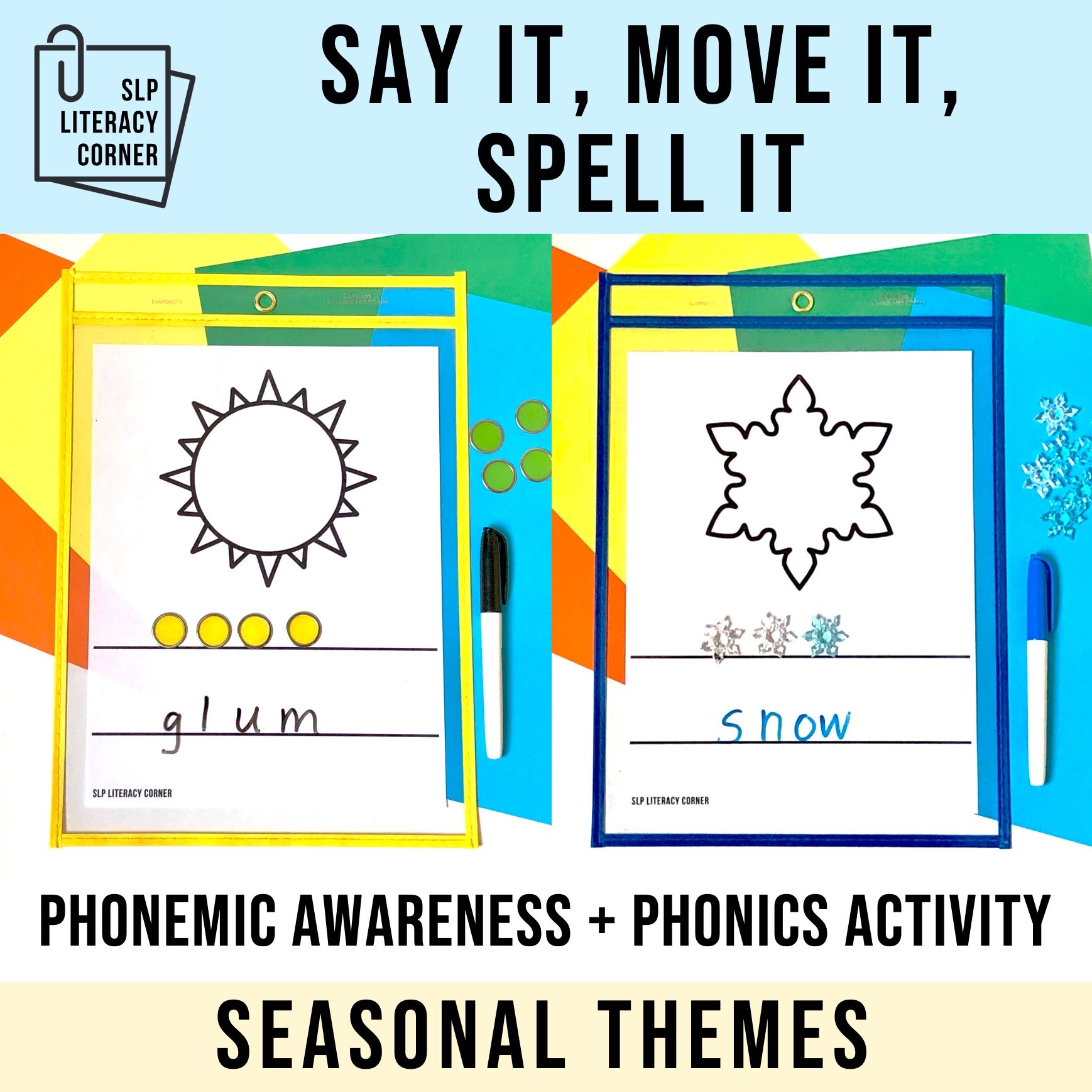What The Research Does Not Tell Us…
Written by: Brianna Guild, MHSc SLP(C)
Date: April 20, 2024
Updated: August 29, 2024
The science of reading refers to the collection of research from multiple disciplines, including psychology, neuroscience, and education, that provides scientific evidence for how we learn to read and write, and how to best support literacy development for all readers. This research has provided insights into how we all learn to read, not only people with dyslexia or other learning disorders.
The evidence supports the importance of using a structured approach, which teaches literacy skills through systematic and explicit instruction, and incorporates systematic review of taught skills.
While the research on literacy development and instruction is certainly growing, there are still questions that have not yet been answered, such as…
Should we use a speech to print or print to speech approach?
- Currently (2024), both approaches have been shown to be effective!
- Print-to-Speech or Structured Literacy Instruction teaches:
Start with letters/graphemes, and match the letters to the sounds
Phonics rules, exceptions, and syllable types
One spelling of each sound taught to mastery
Examples: Orton-Gillingham based programs, UFLI Foundations
- Speech-to-Print or Structured Linguistic Literacy (SLL) teaches:
Start with sounds, and match the sounds to the letters/graphemes
No phonics rules, focus on patterns
Many spellings taught at once and then applied
Examples: Reading Simplified, Sounds-Write, EBLI
What literacy program is the best or “gold standard”?
- While there have been studies done that prove the effectiveness of specific approaches (e.g., Orton-Gillingham), there are not any published studies (yet as of 2024) that compare the effectiveness of different approaches or programs to determine which one is the best or “gold standard.”
What is the best phonics scope and sequence to use?
- There is no one correct scope and sequence for phonics instruction.
- In print-to-speech approaches, instruction typically progresses from easier and more common spellings, like closed syllables and short vowel sounds, to more challenging or less common spellings, like stable final syllables.
- In speech-to-print approaches, instruction moves from the basic code, where one letter represents one sound, to the advanced code, where multiple letters are used to represent one sound.
- Overall, all structured literacy approaches and programs should progress from simpler and more common spelling patterns to more advanced and/or less common patterns, and include ongoing review of taught patterns.
Should we teach syllable types and syllable division strategies?
- The current body of research has not yet provided conclusive evidence for whether or not we should teach syllable types and specific syllable division strategies (e.g., VC|CV, V|CV, VC|V patterns).
- Some arguments for teaching syllable types: knowledge of syllable types can help with reading and spelling longer words, understanding spelling conventions such as doubling of consonant letters (little vs. title), and providing an organizational system for spelling patterns.
- Some arguments against teaching syllable types: syllable types are not consistent (e.g., do not account for the schwa vowel sound), can take a long time to teach, may cause cognitive overload for students, and may be unnecessary when students are taught flexible syllable division strategies.
I’m excited for more research to be published so we can have more answers to some of these questions! Let’s remember to stay informed and open-minded as more research comes out.
Join the SLP Literacy Corner email newsletter to get access to exclusive free resources, such as handouts with activity ideas for your literacy lessons. Sign up here!
Here are some literacy activities to use with any approach:
References:
Chahbazi, N. (2022, January). Phonics and Syllable Rules: Do We Need Them? Evidence-Based Literacy Instruction (EBLI). https://eblireads.com/phonics-and-syllable-rules-do-we-need-them/
Chahbazi, N. (2022, April). Speech to Print vs Print to Speech. Evidence-Based Literacy Instruction (EBLI). https://eblireads.com/speech-to-print-vs-print-to-speech/
International Dyslexia Association. (2020). Structured Literacy: Effective Instruction for Students with Dyslexia and Related Reading Difficulties. https://dyslexiaida.org/structured-literacy-effective-instruction-for-students-with-dyslexia-and-related-reading-difficulties/
Moats, L . (2021, May). Speech to Print or Print to Speech? It Makes a Difference. Voyager Sopris Learning. https://www.voyagersopris.com/blog/edview360/speech-to-print-or-print-to-speech-it-makes-a-difference
National Institute of Child Health and Human Development (NICHD) and U.S. Department of Education. (2000, April). Report of the National Reading Panel - Teaching Children to Read: An Evidence-Based Assessment of the Scientific Research Literature on Reading and Its Implications for Reading Instruction. https://www.nichd.nih.gov/sites/default/files/publications/pubs/nrp/Documents/report.pdf
Pierson, J. M. (2020). Syllable Division: New Data that Can Inform Intervention. Dyslexia Help at the University of Michigan. https://dyslexiahelp.umich.edu/answers/ask-dr-pierson/syllable-division-new-data-can-inform-intervention






